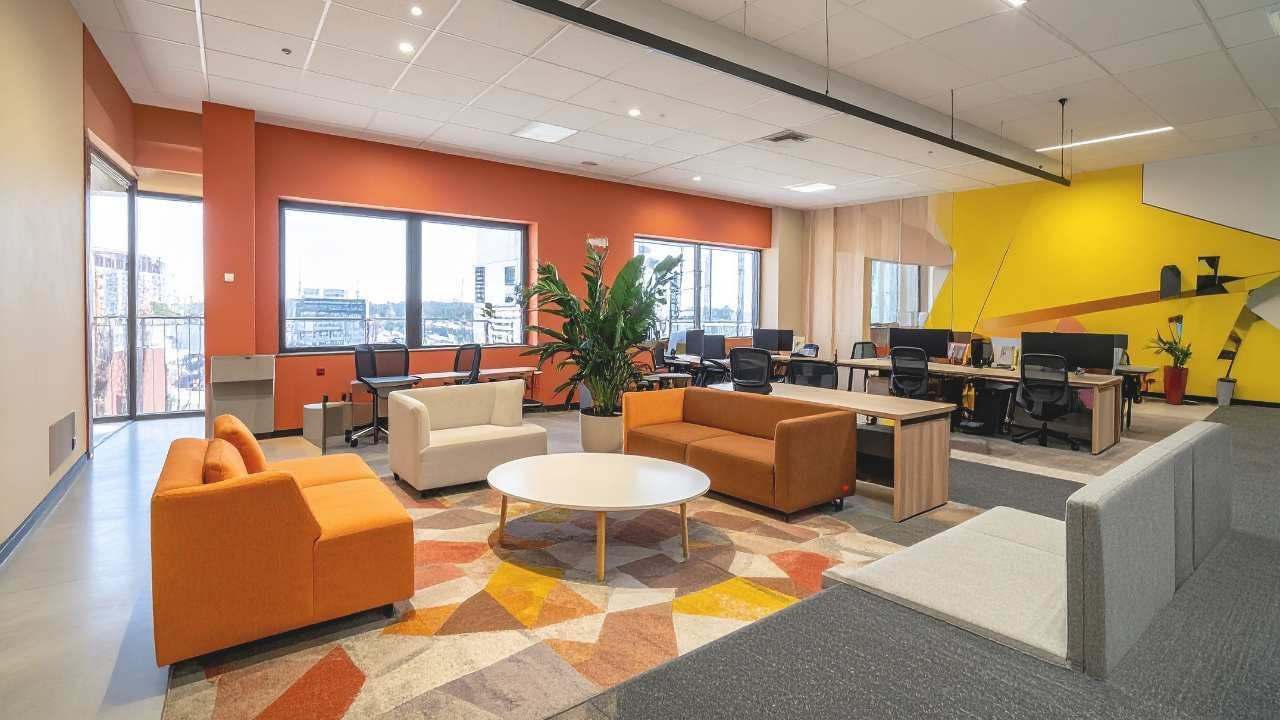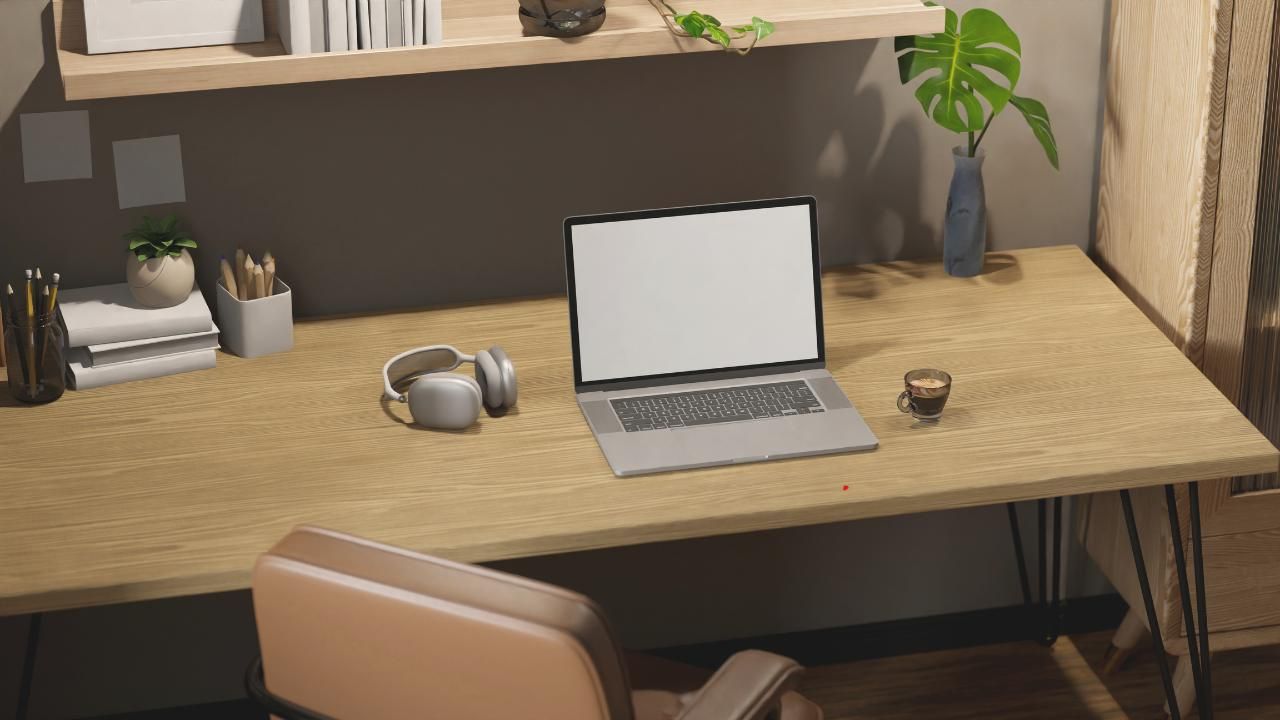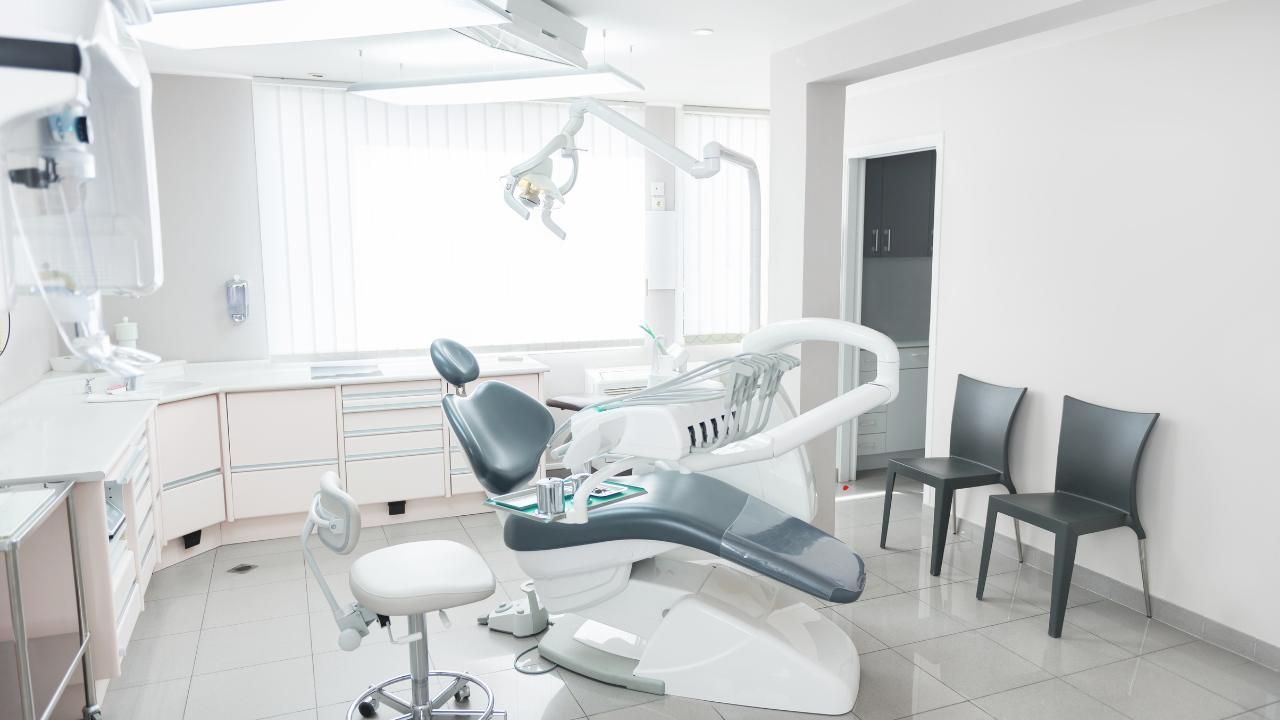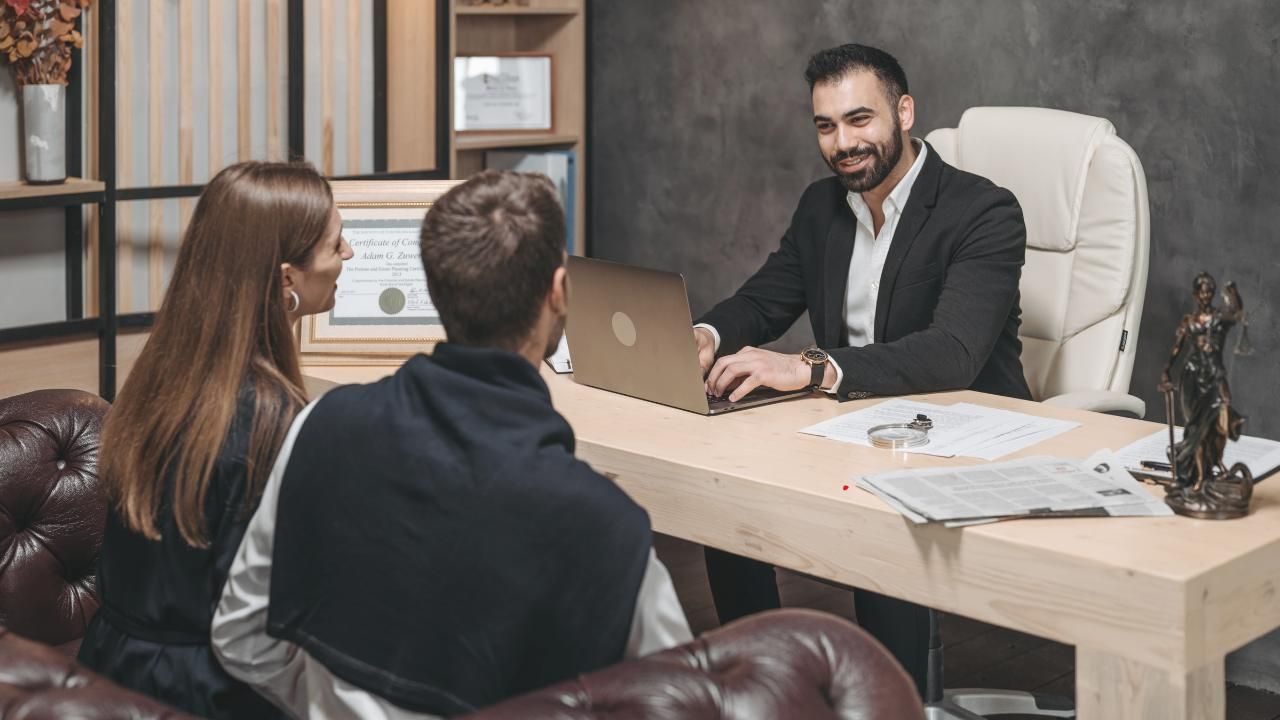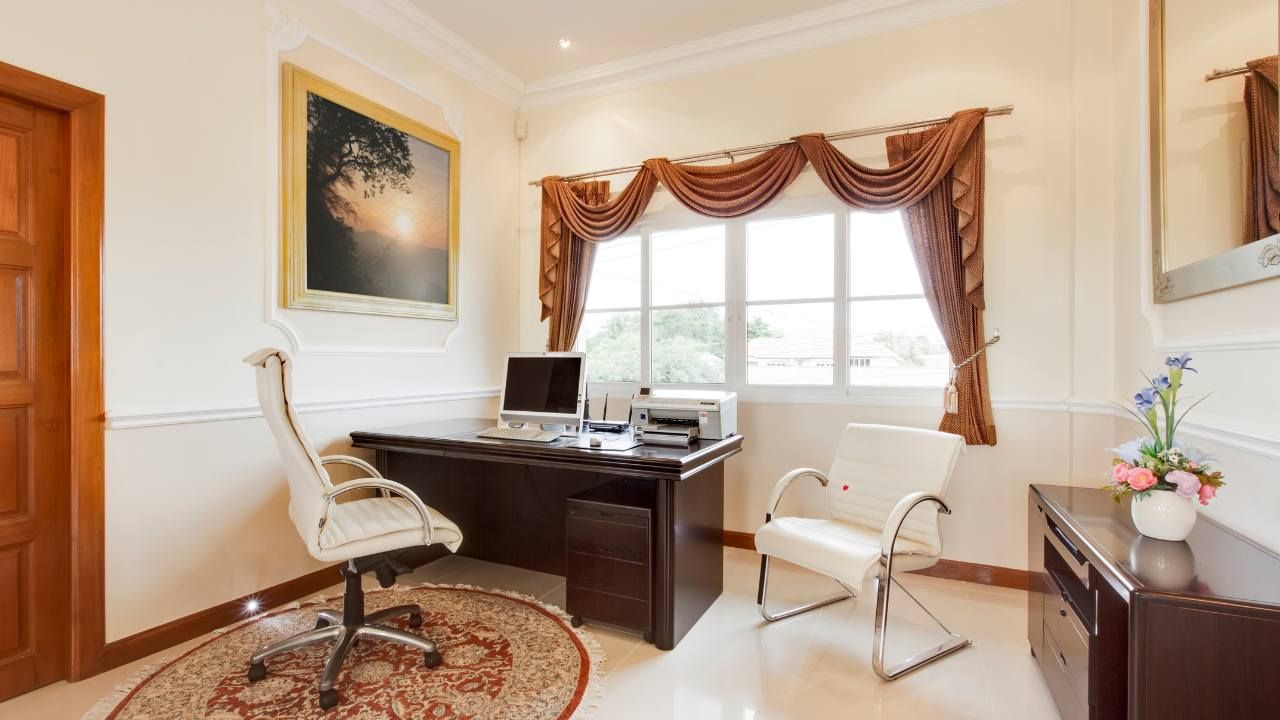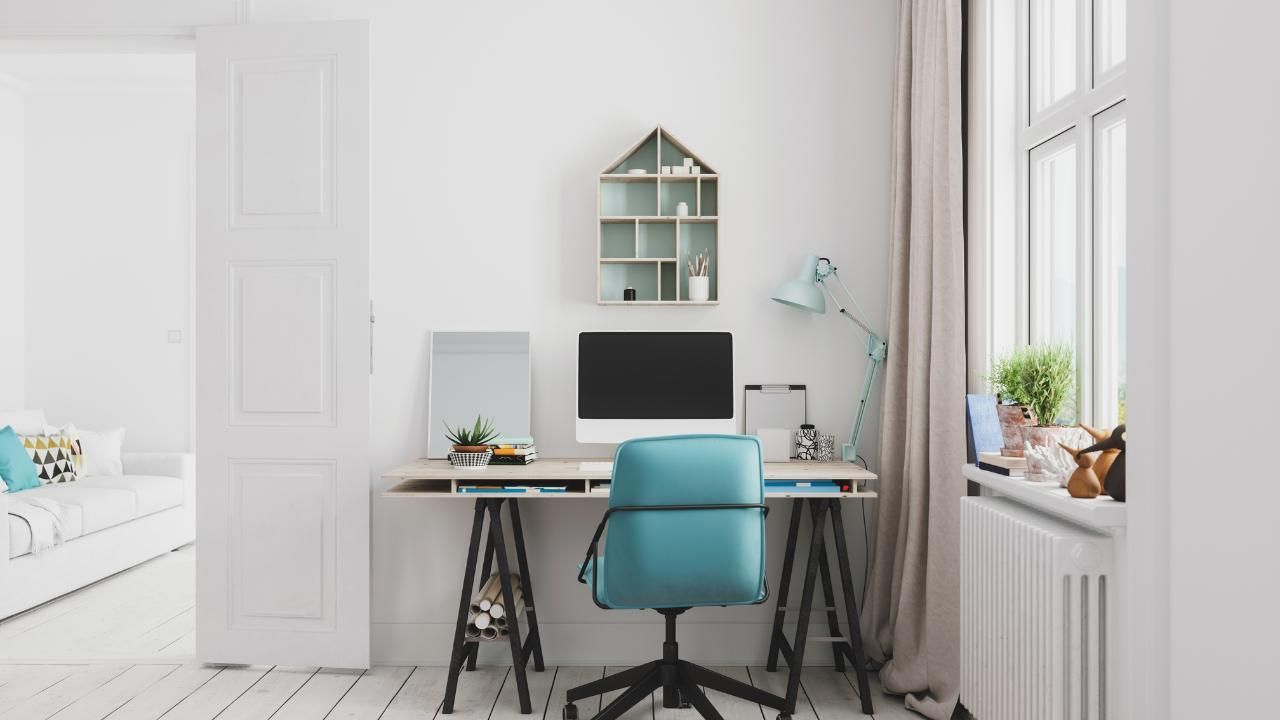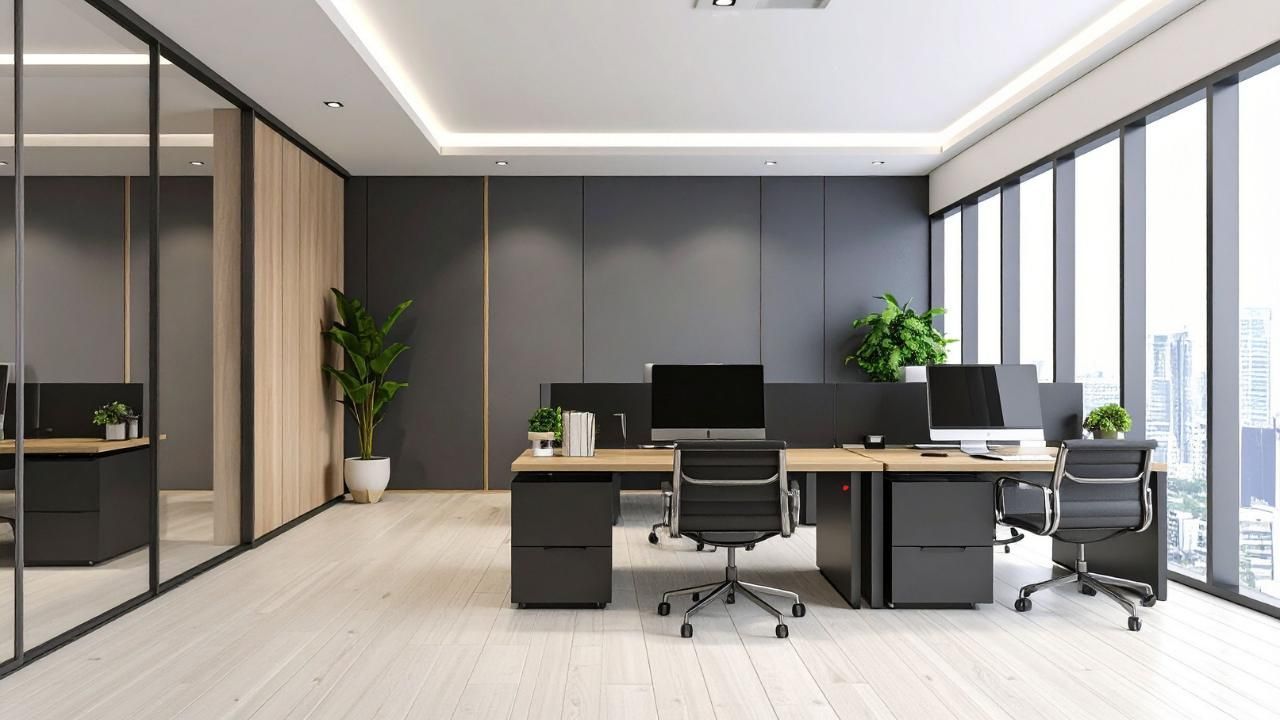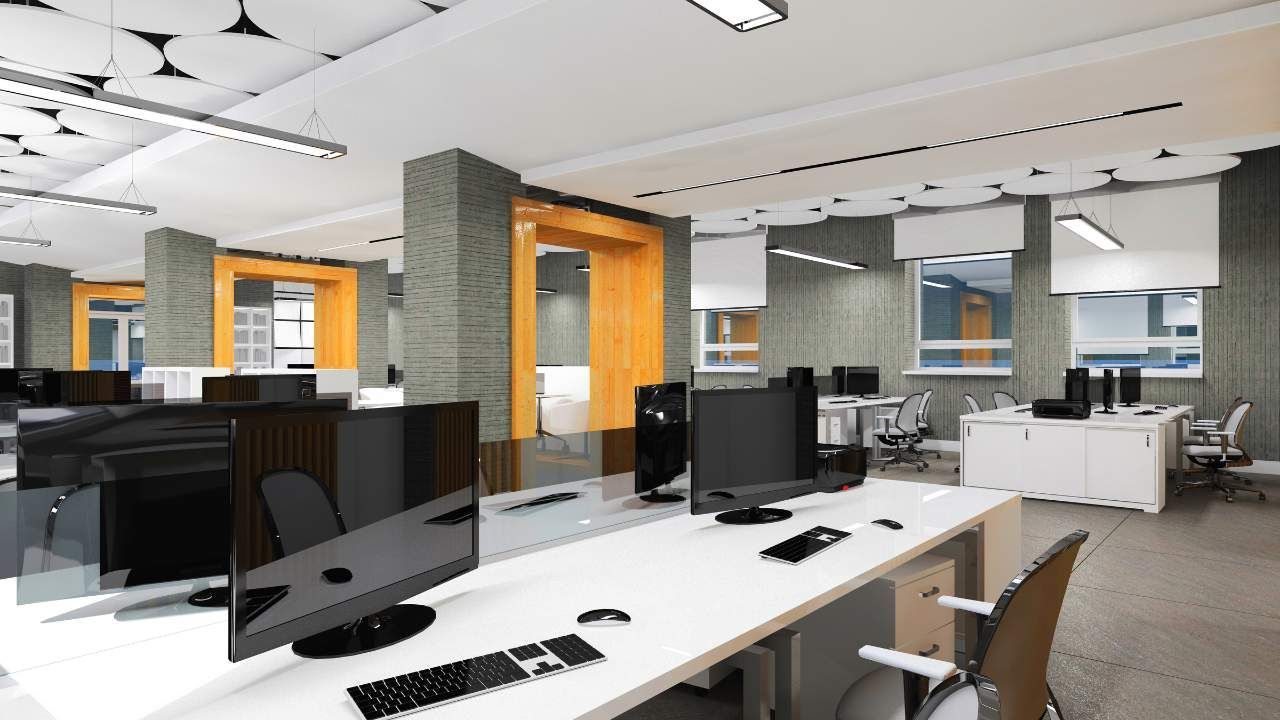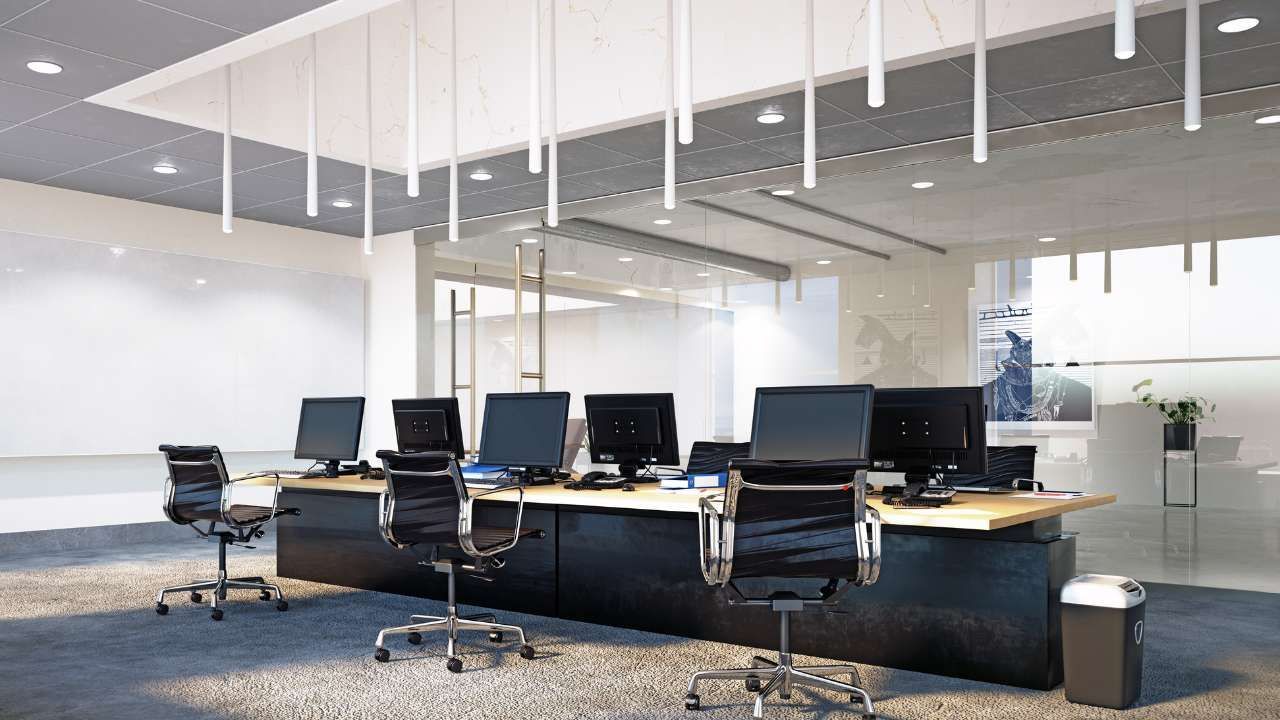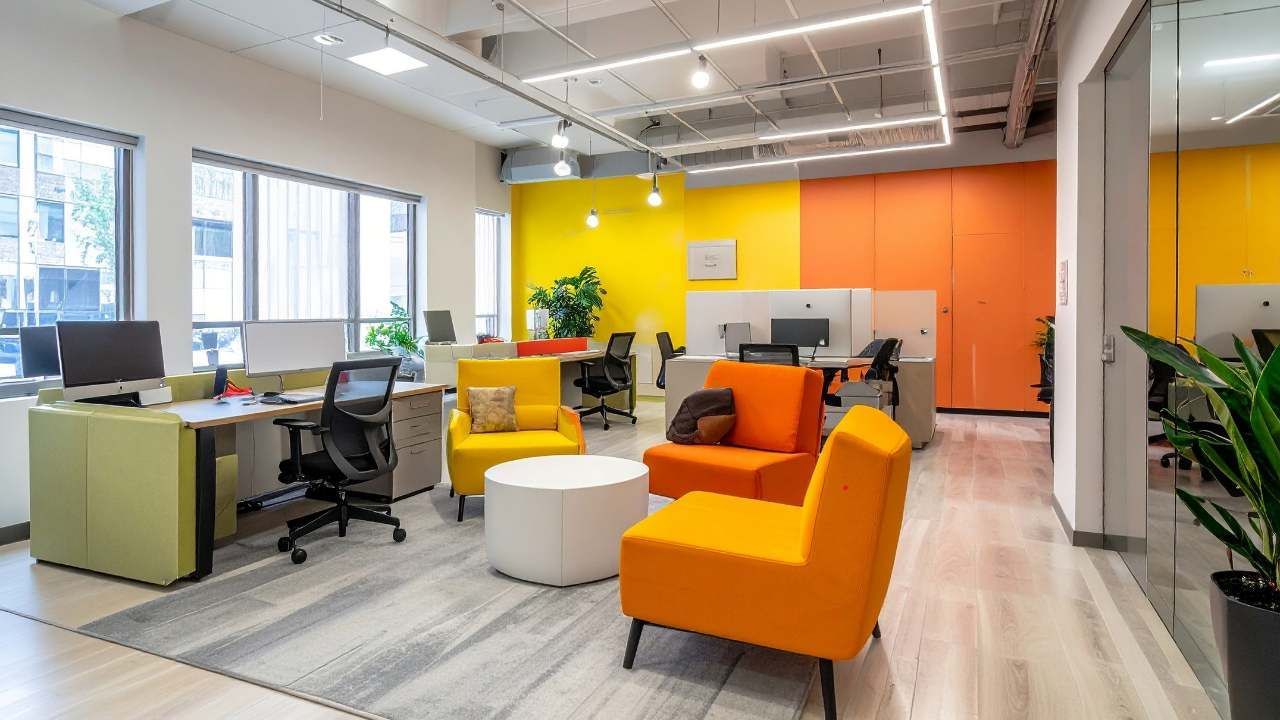The Importance of Wayfinding in Office Interiors: Navigating the Workspace
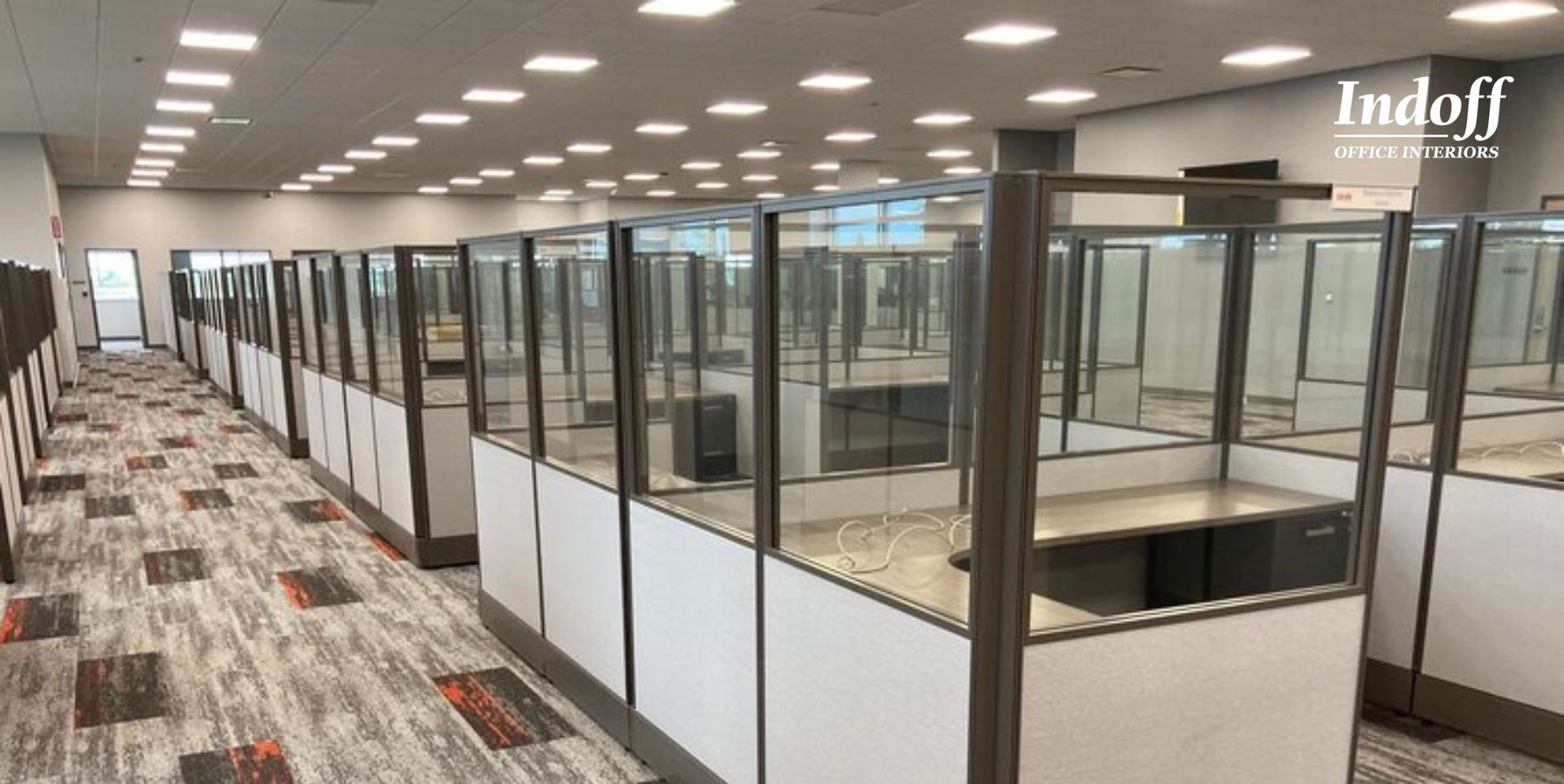
Navigating through a large office building can be a daunting task, especially for visitors or new employees. The intricate layout, numerous corridors, and identical-looking hallways can lead to confusion and frustration. This is where wayfinding comes into play. Wayfinding encompasses the design elements and signage systems that help individuals orient themselves and navigate through a space efficiently. In office interiors, effective wayfinding is crucial for enhancing user experience, improving productivity, and fostering a sense of belonging. In this comprehensive guide, we will delve into the importance of wayfinding in office interiors and explore strategies for creating a seamless navigation experience for occupants.
Understanding Wayfinding
Wayfinding goes beyond simply providing directions; it involves creating a cohesive system of visual cues, signage, and environmental design elements that guide people through a space intuitively. Effective wayfinding considers factors such as the layout of the space, the needs of different user groups, and the integration of technology to enhance navigation efficiency.
Enhancing User Experience
A well-designed wayfinding system enhances user experience by reducing stress and anxiety associated with navigation. In office environments, where employees and visitors often have specific destinations to reach, efficient wayfinding streamlines the process and minimizes frustration. Clear signage, intuitive layouts, and strategically placed landmarks contribute to a positive navigation experience, leading to increased satisfaction and engagement among occupants.
Improving Productivity
Effective wayfinding contributes to improved productivity by minimizing time spent searching for destinations within the office in Lafayette. When employees can easily locate meeting rooms, break areas, or collaborative spaces, they can focus more on their tasks and less on navigating the building. Additionally, streamlined navigation reduces disruptions and delays, allowing employees to move seamlessly between different areas of the office and stay on track with their schedules.
Fostering a Sense of Belonging
Well-designed wayfinding not only helps individuals find their way but also contributes to a sense of belonging within the office community. When occupants feel confident navigating the space, they are more likely to explore different areas of the office and engage with colleagues. Wayfinding elements can also reflect the company's brand identity and culture, reinforcing a sense of connection and belonging among employees.
Some Best Practices For Implementing A Wayfinding System In A Large Office Building With Multiple Floors And Departments
Implementing a wayfinding system in a large office building with multiple floors and departments requires careful planning and strategic execution to ensure effectiveness and usability. Here are some best practices to consider:
- Comprehensive Assessment: Begin by conducting a thorough assessment of the office building's layout, including entrances, exits, corridors, elevators, stairwells, and key destinations such as meeting rooms, restrooms, and common areas. Understanding the flow of traffic and identifying potential navigation challenges will inform the design of the wayfinding system.
- Clear Signage Hierarchy: Establish a clear hierarchy of signage to guide occupants through the building seamlessly. Use consistent design elements, typography, and color schemes to create cohesive signage that is easy to read and understand. Prioritize visibility and legibility, especially in high-traffic areas and areas with low lighting conditions.
- Strategic Placement: Position signage strategically at decision points, intersections, and transitions between different areas of the building. Ensure that signage is visible from multiple vantage points and consider eye-level placement for optimal readability. Use landmarks and architectural features to enhance wayfinding cues and assist with orientation.
- Digital Wayfinding Solutions: Leverage technology such as digital displays, interactive kiosks, and mobile apps to complement traditional signage and provide real-time navigation assistance. Digital wayfinding solutions can offer dynamic updates on space availability, event schedules, and navigation routes, enhancing the user experience and efficiency of navigation.
- Accessible Design: Ensure that the wayfinding system is accessible to individuals with diverse needs, including those with disabilities or language barriers. Use tactile signage, braille, and multilingual content to accommodate different user groups. Consider the needs of aging populations and individuals with mobility impairments when designing navigation solutions.
- User Feedback and Iteration: Solicit feedback from building occupants and stakeholders throughout the implementation process to identify areas for improvement and refine the wayfinding system iteratively. Conduct usability testing and observe how users interact with the signage and navigation aids to identify usability issues and opportunities for optimization.
By following these best practices, organizations can implement a wayfinding system that enhances navigation efficiency, improves user experience, and fosters a sense of orientation and belonging in large office buildings with multiple floors and departments. For optimal results, consult our office interior expert to tailor the system to your specific needs.
Key Elements of Effective Wayfinding
Creating an effective wayfinding system requires careful planning and attention to detail. Here are some key elements to consider:
- Clear Signage: Use clear and concise signage that is easy to read and understand. Include directional signs, room names, floor numbers, and symbols to guide people to their destinations.
- Consistent Design Language: Maintain consistency in design elements such as typography, color scheme, and iconography to create a cohesive wayfinding system throughout the office.
- Strategic Placement: Position signage and landmarks at key decision points, intersections, and transitions to provide timely guidance and prevent confusion.
- Accessibility Considerations: Ensure that the wayfinding system is accessible to individuals with diverse needs, including those with disabilities or language barriers. Use tactile signage, braille, and multilingual content to accommodate different user groups.
- Integration of Technology: Leverage technology such as digital displays, interactive maps, and mobile apps to enhance wayfinding capabilities and provide real-time updates on space availability, event schedules, and navigation routes.
In today's fast-paced and complex office environments, effective wayfinding is essential for optimizing navigation, enhancing user experience, and fostering a sense of community. By implementing a strategic wayfinding system that combines clear signage, consistent design language, accessibility considerations, and technology integration, companies can create office interiors that are not only functional but also engaging and intuitive to navigate. Investing in wayfinding is an investment in the well-being and productivity of occupants, ultimately contributing to the success of the organization as a whole. Contact us to learn more about how to enhance your office environment with effective wayfinding solutions.

